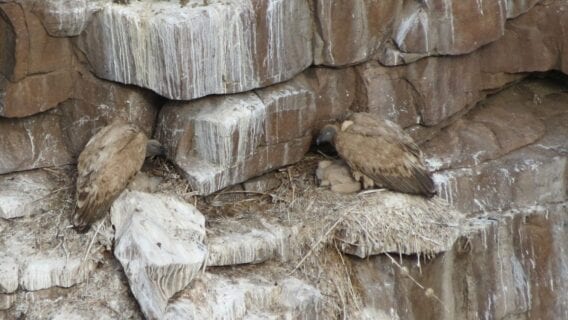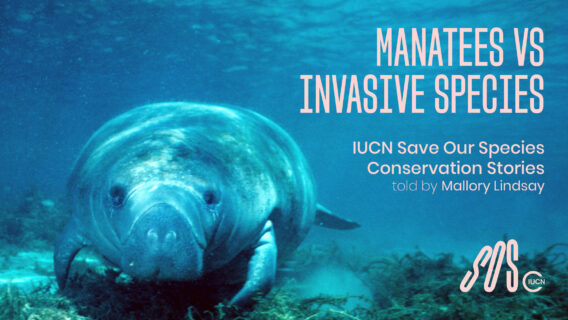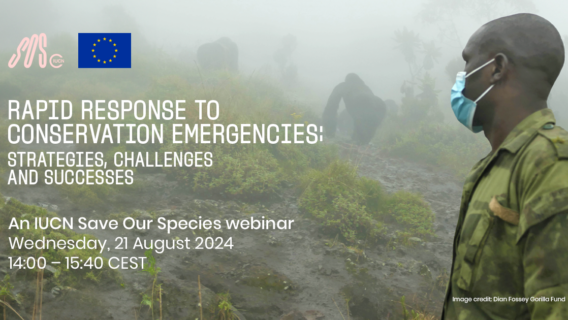Protecting Europe’s veteran tree hoverflies

Veteran trees, often centuries old, provide unique microhabitats such as sap runs and rot holes, which are crucial for these hoverflies’ breeding and development. Without these habitats, many species struggle to survive, threatening the broader biodiversity that depends on them.
The Veteran Tree Hoverflies Conservation Action Plan 2023–2030 was developed as part of the European Commission’s broader efforts to protect pollinators, following the revised EU Pollinators Initiative. It addresses the urgent need to protect species whose populations are plummeting due to habitat loss, climate change, and unsustainable land management.
This Action Plan is one of three developed in May 2023 by the International Union for Conservation of Nature (IUCN), in collaboration with the IUCN Species Survival Commission, the Invertebrate Conservation Committee, the Hoverfly Specialist Group, and Buglife. In addition to the hoverfly plan, the series includes Action Plans for Canarian Island pollinators and teasel-plant bees, forming a coordinated, science-based approach to halting pollinator decline across diverse ecosystems.
The hoverfly-specific action plan focuses on six key hoverfly species, including the Endangered Orange-horned Wasp Fly (Sphiximorpha petronillae), the Red-legged Leafwalker (Chalcosyrphus pannonicus), and the Royal Wasp Fly (Primocerioides regale). These insects are particularly vulnerable because of their specialised habitat requirements and limited geographic range.
Habitat destruction is the most pressing threat, especially the removal of veteran trees for agriculture, forestry, and urban development. Invasive species, poor forest management, and increasingly frequent wildfires driven by climate change also contribute to their decline.
Climate change poses a dual risk: accelerating tree loss and disrupting flowering and breeding cycles that hoverflies depend on. Combined, these threats are putting extraordinary pressure on already fragile populations.
The Action Plan aims to improve habitat management, promote research on hoverfly ecology, strengthen legal protections, and raise public awareness. Actions include restoring old-growth forests, enhancing the protection of existing veteran trees, building a European database of ancient trees, and creating breeding programs to support population recovery.
A key objective is fostering collaboration between governments, NGOs, scientists, and local communities, recognising that conserving these species requires coordinated, long-term action. Monitoring efforts will help track the effectiveness of conservation measures, ensuring that strategies can be adapted as needed.
This initiative represents a vital step toward securing the future of Europe’s veteran tree hoverflies and, by extension, the rich ecosystems they help sustain.
Funded by the European Commission and coordinated by the IUCN SSC Hoverfly Specialist Group, this action plan highlights the critical need to protect not only flagship species but also the often-overlooked champions of biodiversity that sustain entire ecosystems. Achieving its objectives will require a collective effort: policymakers, landowners, forestry professionals, educators, scientists, environmentally responsible businesses (such as those in ecotourism), and engaged citizens all have a vital role to play in safeguarding veteran trees and the species that depend on them.
By supporting conservation efforts, promoting awareness, and preserving ancient habitats, we can help ensure the long-term resilience of Europe’s landscapes and the rich biodiversity they support.
Stay tuned: we will soon launch a new EU Pollinators Action Plans Tracker, a digital tool to monitor progress on the implementation of the three EU Pollinator Action Plans for pollinators of the Canarian Islands, veteran tree hoverflies, and teasel-plant bees. This tracker will support transparency, accountability, and shared learning in pollinator conservation across Europe.
The creation of this conservation plan was funded by the European Commission as part of the EU Pollinators Initiative.





